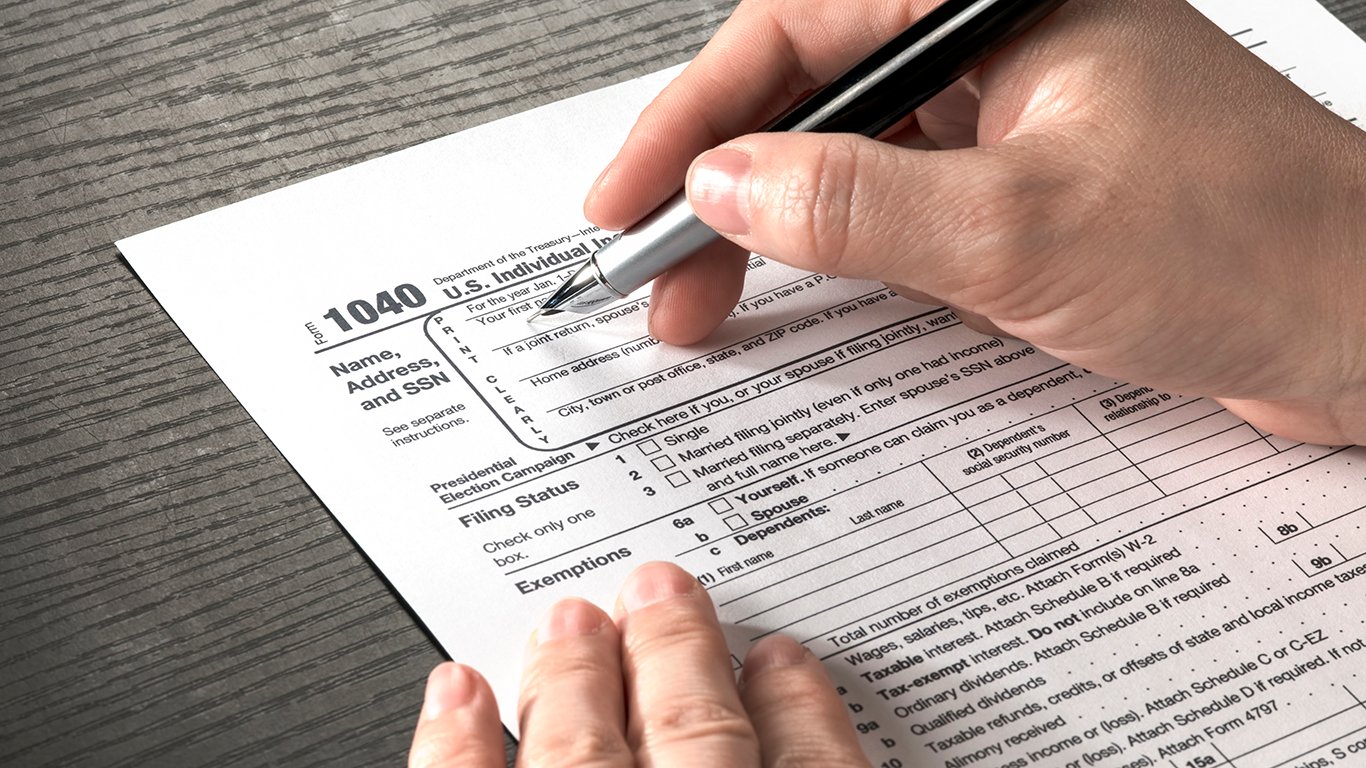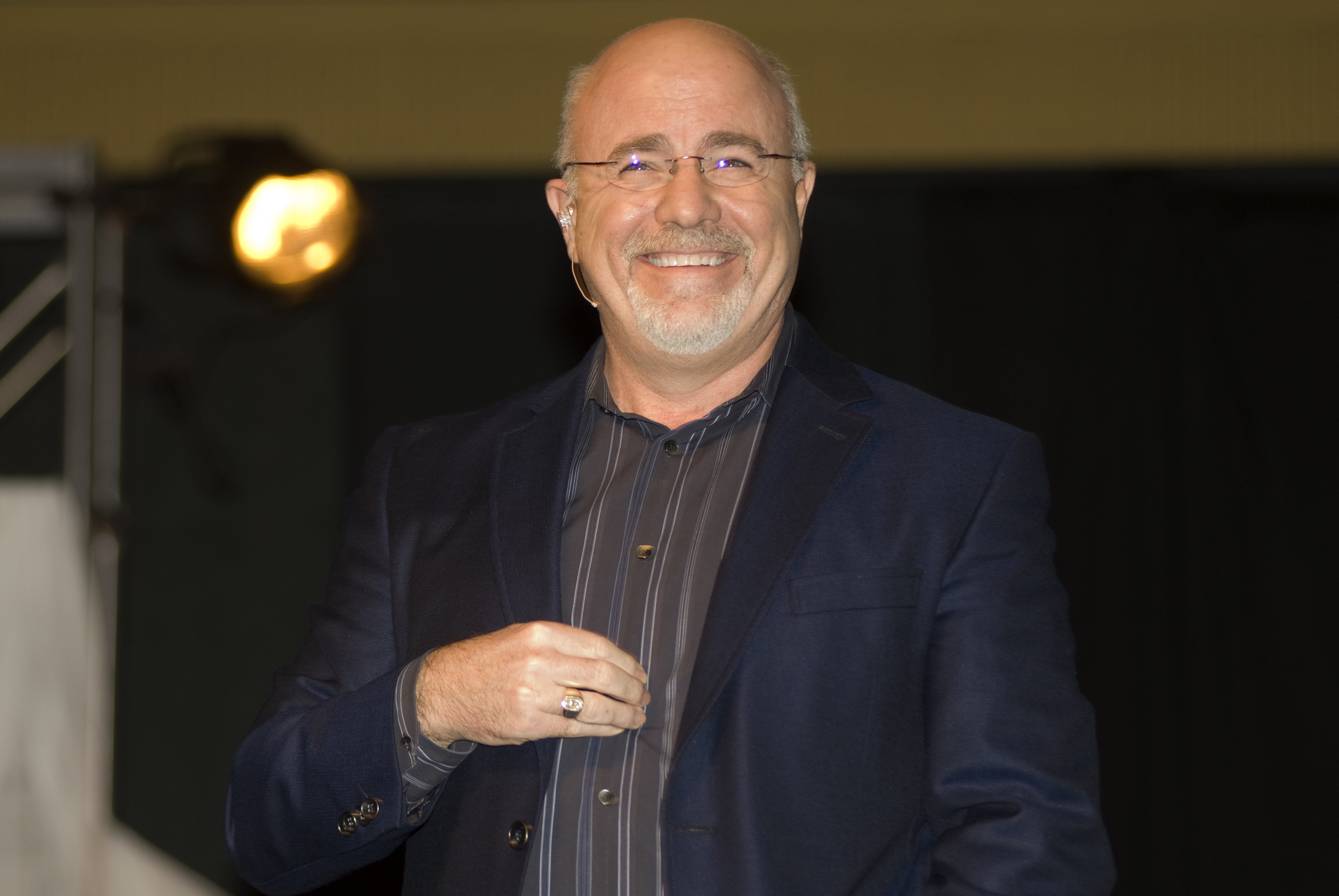Now that Bank of America Corp. (NYSE: BAC) has resubmitted its capital plan to the Federal Reserve, the bank’s SEC filing showed an almost non-event from the third party review on any of its key financial ratios that regulators will keep an eye on. This means that Bank of America will get to request a higher dividend payout and a stronger stock buyback. Source: Thinkstock
Source: Thinkstock
Whether or not regulators will sign off is another issue. Still, 24/7 Wall St. wanted to compare the money center banks and the Dow Jones Industrial Average component among the bulge bracket brokerage firms. This will focus on book value, forward price-to-earnings (P/E) ratios for next year, dividends and basic upside expectations for each stock according to the analysts that cover them.
Bank of America Corp. (NYSE: BAC) has a discounted price-to-book value of 0.71-to-1, and its market cap is almost $158 billion. Its forward P/E is about 9.75. With a consensus target price from Thomson Reuters of $17.19, Bank of America has an implied upside exceeding 16.8%. The stock recently closed at $14.72 a share, and the 52-week price range is $12.13 to $18.03. Its dividend is exceedingly low for the big banks at only about 0.3%.
Citigroup Inc. (NYSE: C) comes with a 0.71-to-1 price-to-book value ratio. Its market cap is $144.81 billion, but its forward P/E ratio is less than 9. With a consensus target price of $58.46, Citigroup has an implied upside of 23.6%. Citigroup shares closed at $47.29, and the 52-week trading range is $45.06 to $55.28. Citigroup’s dividend is still the most embarrassing of the entire lot at 0.1%.
JPMorgan Chase & Co. (NYSE: JPM) comes with a 1.01-to-1 price-to-book value ratio. Its market cap is $207.58 billion, and its forward P/E is less than 9.5. With a consensus target price of $64.01, J.P. Morgan has an implied upside of 17.4%, if the analysts are correct. Team Jamie Dimon’s shares closed at $54.53, and the 52-week trading range is $50.06 to $61.48. J.P. Morgan is a Dow component, and it does come with this 2.9% dividend yield.
ALSO READ: The Dangers and Pitfalls of Chasing Potential Buyout and M&A Candidates
Wells Fargo & Co. (NYSE: WFC) trades at the biggest premium to book value, as it is deemed the safest bank of the giants. It has a 1.65-to-1 price-to-book ratio. Wells Fargo’s market cap is $265 billion, and its forward P/E is less than 12, making it sound more expensive. With a consensus target price of $52.41, Wells Fargo also only has an implied upside of 4.5%. Wells shares closed at $50.16, and the 52-week trading range is $39.40 to $50.49. That 2.8% dividend yield is likely going higher now that it has increased its own internal goals for returning capital to its shareholders.
Goldman Sachs Group Inc. (NYSE: GS) comes with a 1.04-to-1 price-to-book value ratio. Its market cap is $74.82 billion, and its forward P/E is less than 9.5. With a consensus target price of $176.09, the bank holding company with banking operations has an implied upside of 9.9%. The shares closed at $160.16, and the 52-week trading range is $148.71 to $181.13. Goldman Sachs may have the highest caliber client base, but its dividend yield of only 1.4% is not exactly the highest draw among banks for investors.
A value review of the biggest bank stocks offers a little bit for everyone. The bank with the least restructuring and least likely to change due to future regulations is Wells Fargo. Citigroup is by far the most speculative of the lot, followed by Bank of America. J.P. Morgan also offers the fortress balance sheet, and Goldman Sachs offers perhaps the most upside and downside for traders due to its ongoing extensive trading operations.
Sponsored: Attention Savvy Investors: Speak to 3 Financial Experts – FREE
Ever wanted an extra set of eyes on an investment you’re considering? Now you can speak with up to 3 financial experts in your area for FREE. By simply
clicking here you can begin to match with financial professionals who can help guide you through the financial decisions you’re making. And the best part? The first conversation with them is free.
Click here to match with up to 3 financial pros who would be excited to help you make financial decisions.
Thank you for reading! Have some feedback for us?
Contact the 24/7 Wall St. editorial team.



